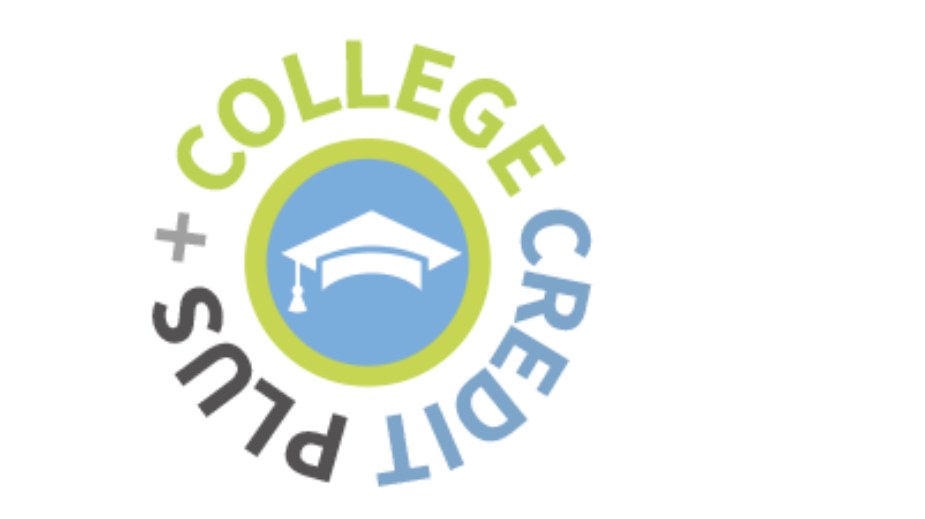Auditor’s Study Finds State Funding Pays for College Credit Plus
COLUMBUS, Ohio — State funding for middle and high school students participating in Ohio’s College Credit Plus program is covering the direct costs for the colleges and universities providing those courses, a new report from the Auditor of State’s Office confirmed.
While colleges and universities accounted for CCP-related costs differently, those enrolling more students tended to be better off financially, and CCP could prove beneficial for institutions’ long-term fiscal health, given declines in traditional student enrollment.
“Oftentimes, colleges and universities are offering these classes regardless of whether high school students are participating,” Auditor of State Keith Faber said. “Increasing CCP enrollment benefits everyone involved.”
The new CCP Program Cost Study, released Wednesday by the Auditor of State’s Ohio Performance Team, builds on an August 2022 performance audit, which found CCP had saved more than $163 million in tuition costs the previous year, an average of $4,368 per family.
The 2022 performance audit included a new online dashboard with detailed information about school districts’ participation in CCP, including rankings of school districts’ dual enrollment.
Studies have shown that students participating in dual enrollment were more likely to graduate from high school and pursue college or university degrees or other post-secondary programming.
The Ohio Performance Team recommended that school districts increase the number of college classes offered in high school settings, making it easier for students to participate. That could involve local high school teachers who are credentialed to lead college classes, agreements with college professors or credentialed teachers from other campuses.
As part of its new CCP Program Cost Study, OPT surveyed 37 public universities and community colleges, seeking information about instructor salaries, student support services, overhead and other expenses related to middle and high school student dual enrollment.
Participating institutions receive funding to help cover those costs. OPT concluded, “The tuition revenue from enrolling CCP students exceeds the direct instructional costs. CCP appears to be financially advantageous to colleges.” Copies of the full CCP Program Cost Study are available here.
Copyright 2024 The Business Journal, Youngstown, Ohio.



